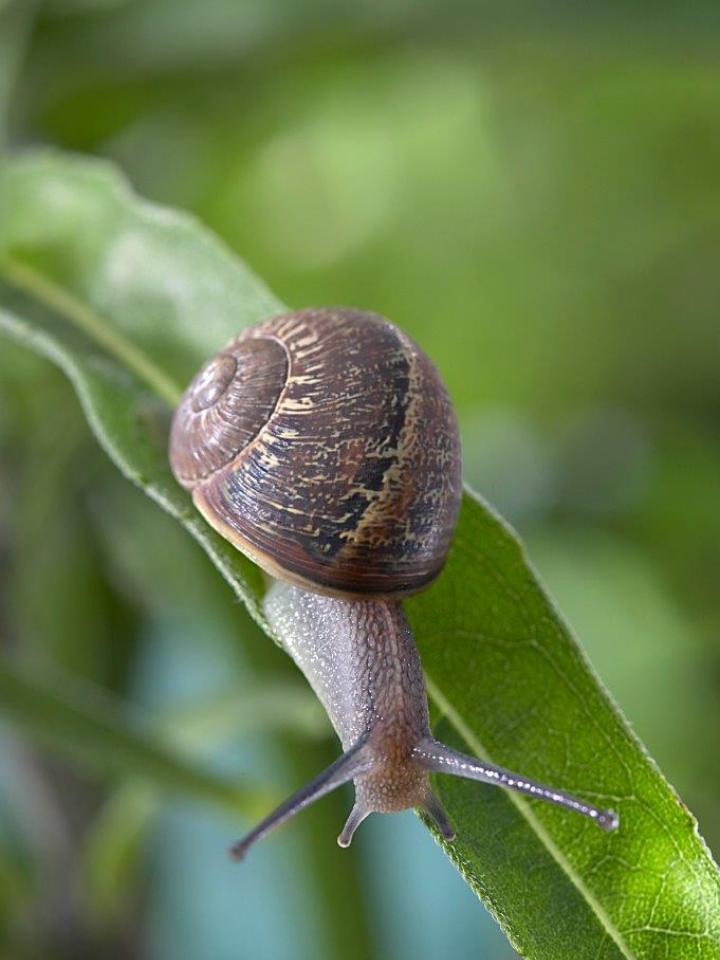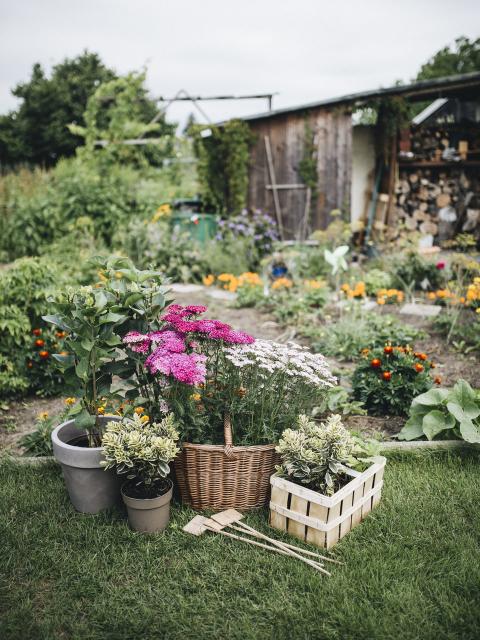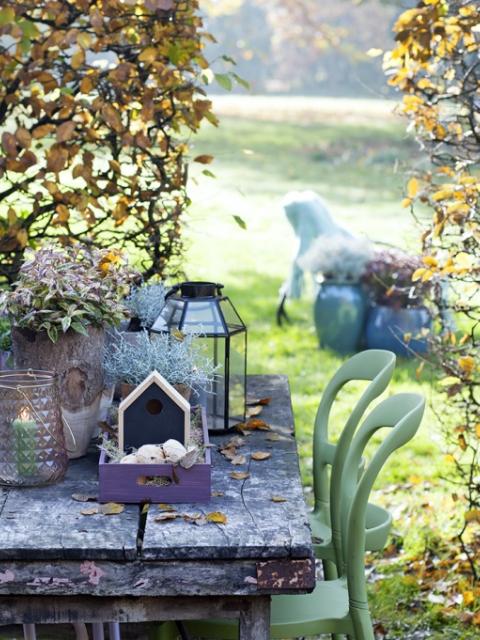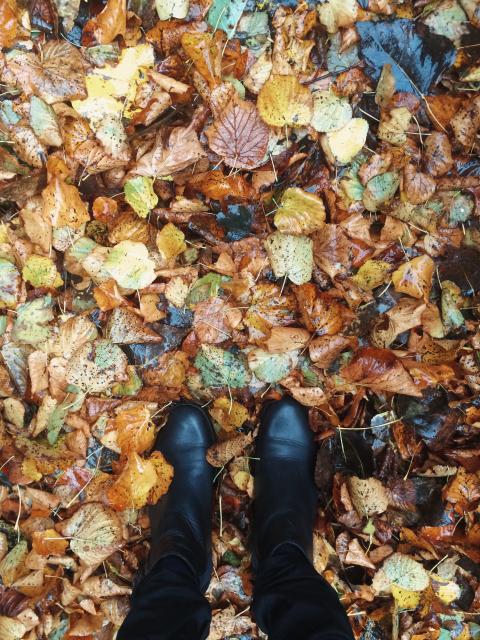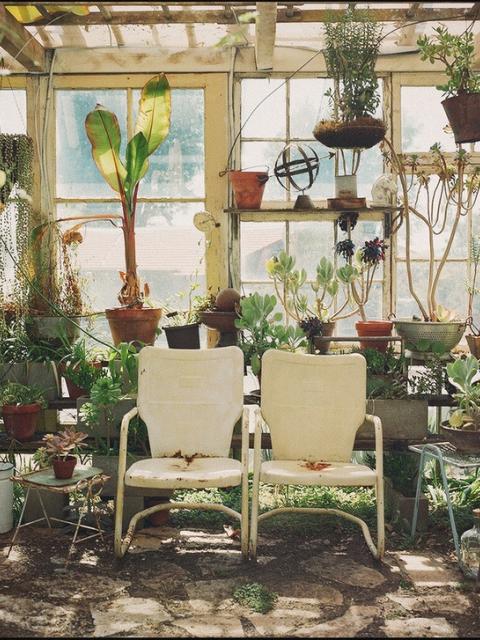Here are six tips to prevent them becoming a nuisance.
1. Prevent slugs and snails in your garden
Opt for plants that slugs and snails hate, such as columbine, marigolds, sage, ivy, violas and all species of fern. Don’t place vulnerable plants near damp areas like a compost heap. Water the plants early in the morning because doing so in the evening or late afternoon creates damp soil that the slugs and snails love. Having a big garden clean-up every spring also helps. Turning over the soil destroys hibernating slugs and snails and their eggs, which will substantially reduce the population of slugs and snails.
2. Attract natural predators
A garden that is attractive to hedgehogs, birds, shrews, frogs and toads offer less opportunity for slugs and snails, so create an inviting garden with sufficient hiding places and shelter. Welcoming birds into your garden with treats like bird feeds will soon have them snacking on these pests too! You can easily make your own with our bird feed DIY.
3. Avoid damage to plants
Plants which are readily attacked by slugs and snails can be protected by placing a natural barrier of coffee grounds, cocoa shells, ground up eggshells or seashells around them. Garlic is poisonous to slugs and snails; they will avoid your plants if you spray them with garlic extract. You can make this easily at home: cut a garlic bulb into pieces, pour over one litre of hot water and leave to soak for a day.
4. Catch the slugs and snails
Slugs and snails appear in the evening and in damp weather so you can easily catch them by hand. You can also lure them by creating hiding places yourself. Slugs like to shelter under the inverted skin of half a grapefruit, orange or melon due to the tempting scent. Blanched celery stems, rhubarb and cabbage leaves also work, as do damp plants, newspapers or pieces of cardboard. Once caught, slugs and snails can be released some distance away where they can’t do any harm.
5. Make a slug and snail trap
Traps with beer or other drinks that contain yeast are used to combat slugs. The slugs are attracted by the smell, slip into the liquid and drown. Slug traps can be bought in garden centres, but a jam jar works just as well. Don’t bury the traps. Ground beetles often fall into the buried jars, and they’re a natural enemy of the slug.
6. Buy anti-slug tape
You can buy anti-slug tape at the garden centre. This tape contains copper, which means that slugs and snails get a small shock if they cross it and scurry off rapidly (well, rapidly by slug and snail standards!). You can stick the tape on the edge of flower pots, containers or tree trunks.
If you have any more tips, please share them with us over on Facebook.

